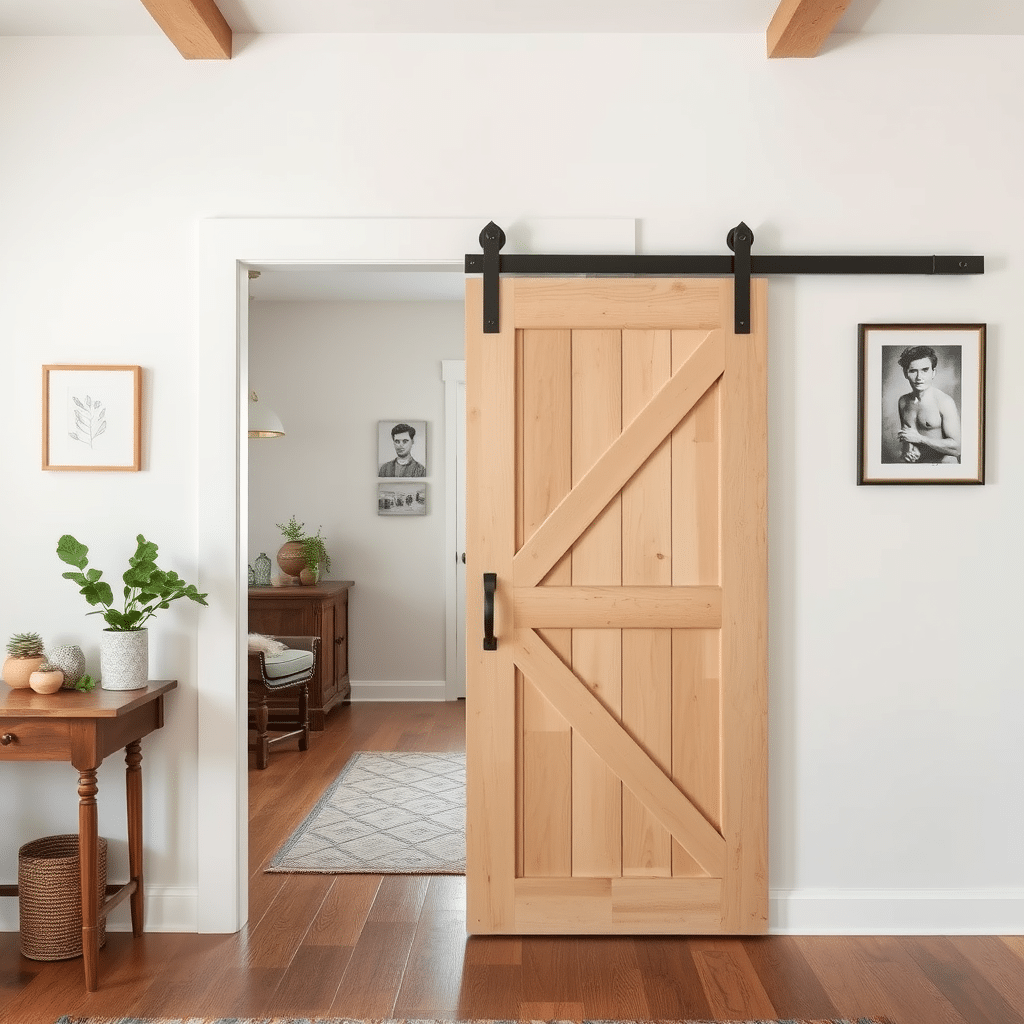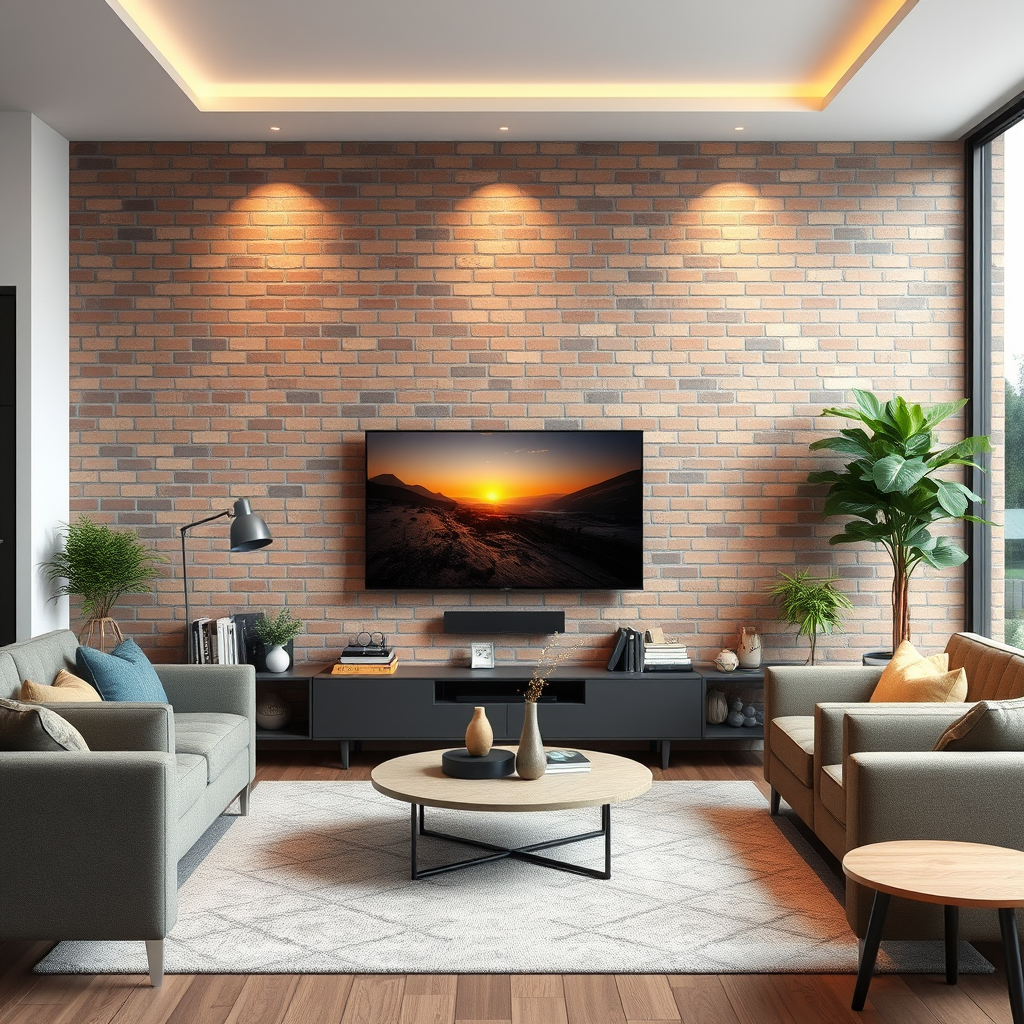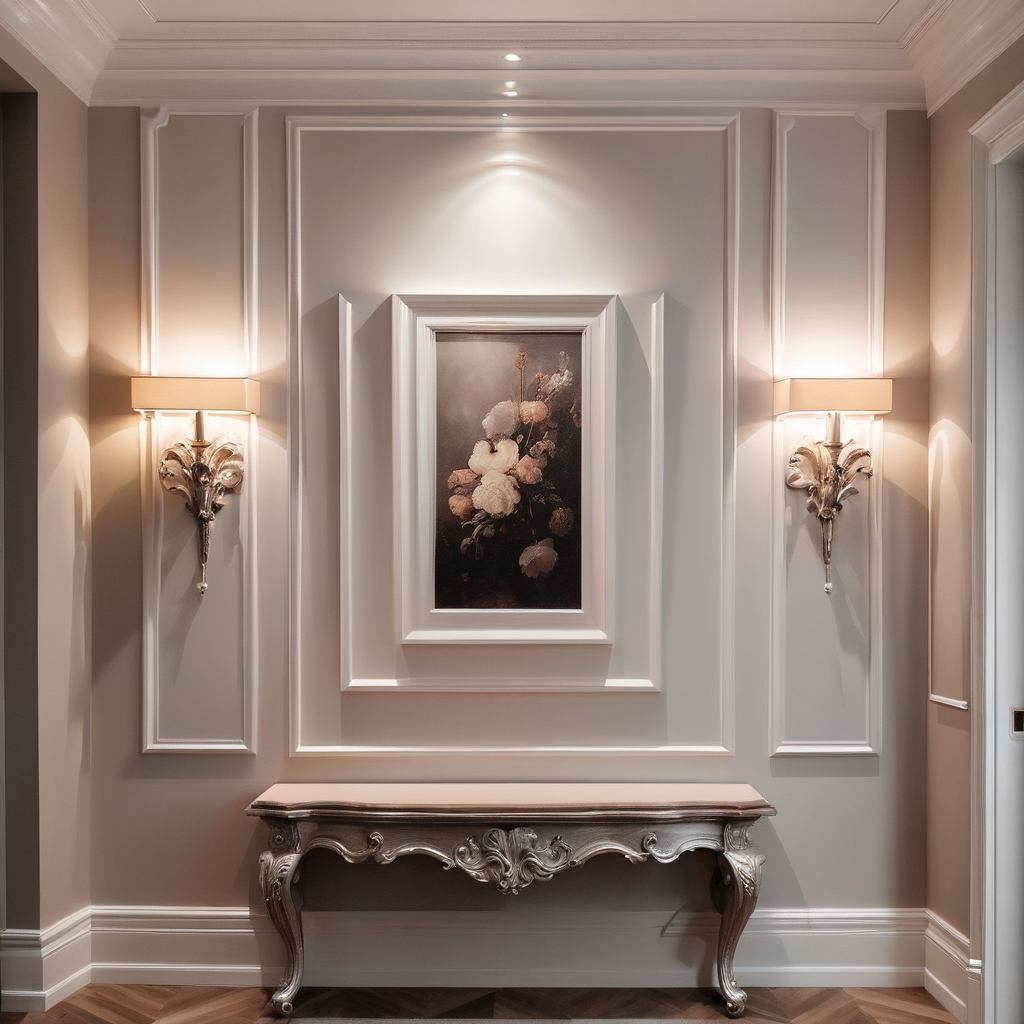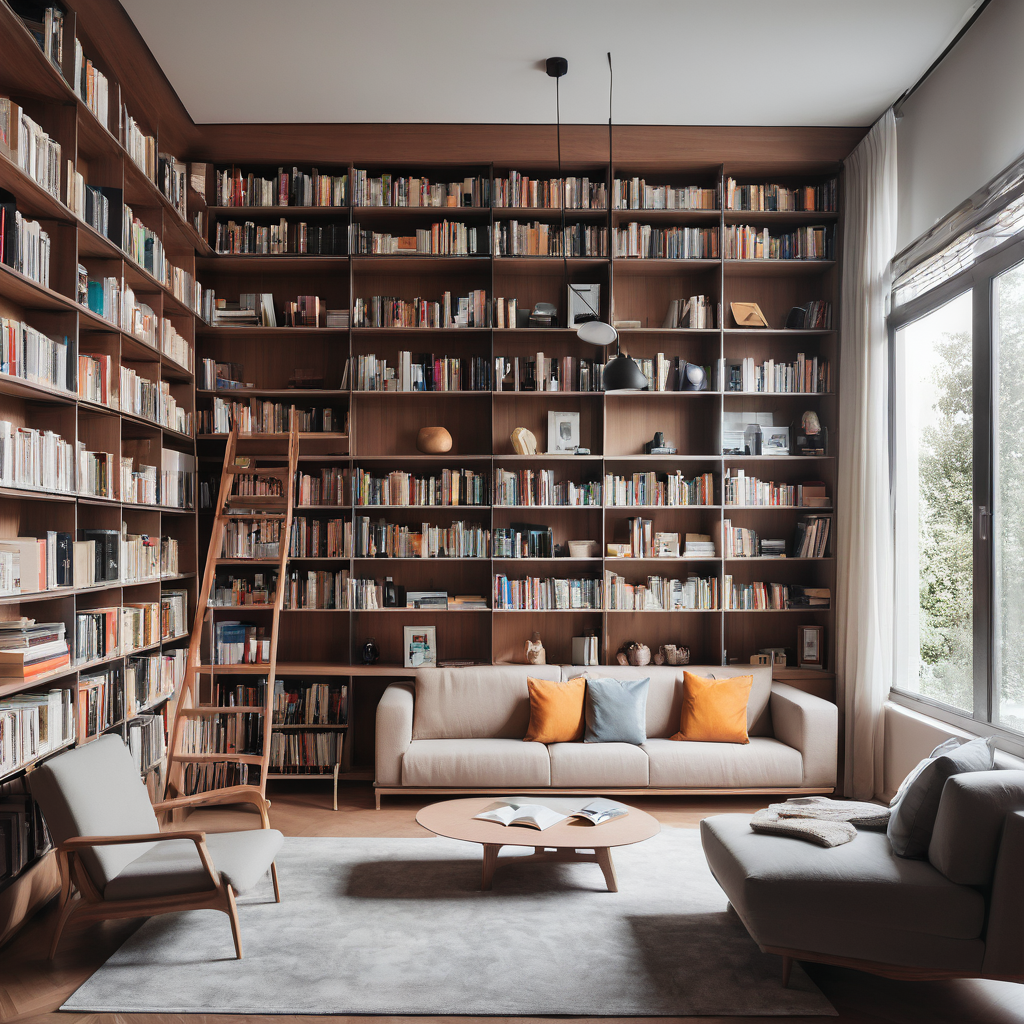Designing a study room for your child is an exciting opportunity to create a space that inspires learning, creativity, and productivity. Whether your child is in elementary school or heading off to college, a well-designed study room can set the stage for academic success and foster a love of learning. Here are some practical tips and creative ideas to help you design the perfect study room for your child:
1. **Assess Your Child’s Needs:** Before diving into the design process, take some time to assess your child’s study habits, learning style, and preferences. Consider their age, grade level, and the type of activities they’ll be doing in the study room, such as homework, reading, art projects, or computer work.
2. **Choose a Suitable Location:** Select a quiet and well-lit area of your home for the study room. Ideally, it should be away from distractions like television or high-traffic areas. A spare bedroom, a corner of the living room, or even a converted closet can work well as a study space.
3. **Focus on Functional Furniture:** Invest in functional and ergonomic furniture that supports your child’s comfort and productivity. A sturdy desk and chair set up is essential, along with ample storage solutions for books, supplies, and equipment. Consider adjustable furniture that can grow with your child to accommodate their changing needs.
4. **Maximize Storage:** Keep the study room organized and clutter-free with plenty of storage options. Install bookshelves, cabinets, and bins to store books, stationery, art supplies, and other learning materials. Encourage your child to label and organize their belongings to promote independence and tidiness.
5. **Personalize the Space:** Let your child’s personality shine through by incorporating elements they love into the study room decor. Hang their artwork, display favorite books and trophies, and add decorative touches like posters, photos, or motivational quotes to inspire and uplift them.
6. **Promote Natural Light:** Natural light has been shown to positively impact mood, focus, and productivity. Position the study area near a window to maximize daylight exposure, and supplement with task lighting like desk lamps for evening or cloudy days.
7. **Create Zones for Different Activities:** Designate specific zones within the study room for different activities, such as a desk area for homework and computer work, a reading nook with a cozy chair and bookshelves, and an art corner stocked with supplies for creative projects. This allows your child to easily transition between tasks and stay organized.
8. **Incorporate Technology Wisely:** While technology can be a valuable tool for learning, it’s important to use it wisely and in moderation. Provide access to age-appropriate educational resources and apps, and set clear boundaries around screen time to ensure it doesn’t interfere with homework or study time.
9. **Encourage Creativity and Exploration:** Foster a love of learning by providing opportunities for creativity and exploration within the study room. Include a variety of learning materials, art supplies, and hands-on activities that spark your child’s curiosity and imagination.
10. **Make it a Comfortable and Inspiring Space:** Above all, ensure that the study room is a comfortable and inspiring environment where your child feels motivated and supported in their academic pursuits. Consider adding cozy rugs, soft cushions, and inspirational decor to create a welcoming atmosphere that encourages focus and creativity.
By incorporating these tips and ideas into the design of your child’s study room, you can create a space that not only enhances their academic performance but also fosters a lifelong love of learning. Remember to involve your child in the design process and tailor the space to their individual needs and interests, ensuring that it truly becomes their own personal haven for studying, exploring, and growing.








